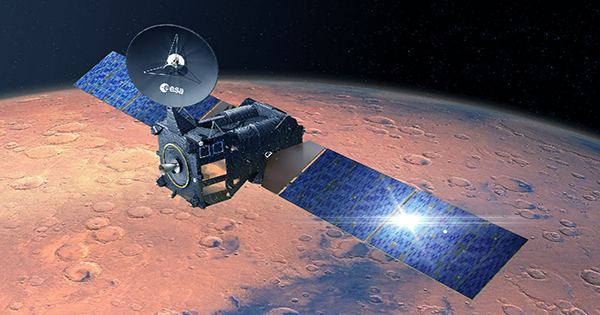When compared to alternative methods of concrete construction, precast concrete offers several important benefits such dimensional accuracy, superior finishing, and quicker erection.
Features of precast concrete construction include:
- Great dimensional accuracy and finishes
- Better quality critical elements
- Design flexibility
- No on-site space for moulds and reinforcement storage
- Faster erection at site
Great dimensional accuracy and finishes
In compared to cast-in-place concrete, precast concrete production offers better dimensional accuracy and completed concrete surfaces. This is primarily because precast concrete element factories provide a pleasant environment.
In order to achieve predetermined or national requirements during manufacturing, manufacturers must operate under controlled production conditions. For instance, it is possible to maintain the interior surface quality of molds, appropriately control the blending of raw materials, and install reinforcement with high accuracy.
Additionally, there is no grout loss, such as that caused by improperly fitted formwork that yields subpar concrete.
Finally, it might be difficult to establish consistency when creating window and door frame openings in traditional brickwork construction. Water seepage at the joints of the frame and wall might be caused by excessive gaps or gaps that are not filled properly.
Better quality critical elements
When it is difficult to complete a specific sort of work in-situ, precasting construction is frequently the best solution to quality issues. For instance, installing formwork, adding reinforcements, and creating apertures during the building of stairways, garbage chutes, and lifts provide significant obstacles that can result in grout leakage, unreliable joints, surface damage, and other flaws. Using pre-cast elements for these components, such defects can be reduced.
Design flexibility
Precast concrete elements can be built to satisfy the design specifications. In a precast plant, complicated shapes, sizes, and certain technological requirements can be readily produced. It would be challenging to build complex designs on-site using typical construction methods. In this situation, precast concrete construction provides the ideal solution to the problem. Greater design freedom is possible with precasting, and better economics are achieved by repeatedly using identical forms and sizes.
No on-site space for moulds and reinforcement storage
Precast elements are created in a factory before being transported to the construction site and lifted directly onto the structure.
Faster erection at site
Precast concrete components can save weeks over cast-in-place construction since they arrive at the job site ready to be installed. The construction schedule won’t be severely impacted by the weather at the project site. These enable precast concrete members to be erected more quickly. There is a sizable amount of finishing work to be done on both in-situ and precast construction. Due to the high quality of the products, this is frequently lower in precast work than in-situ work.
















